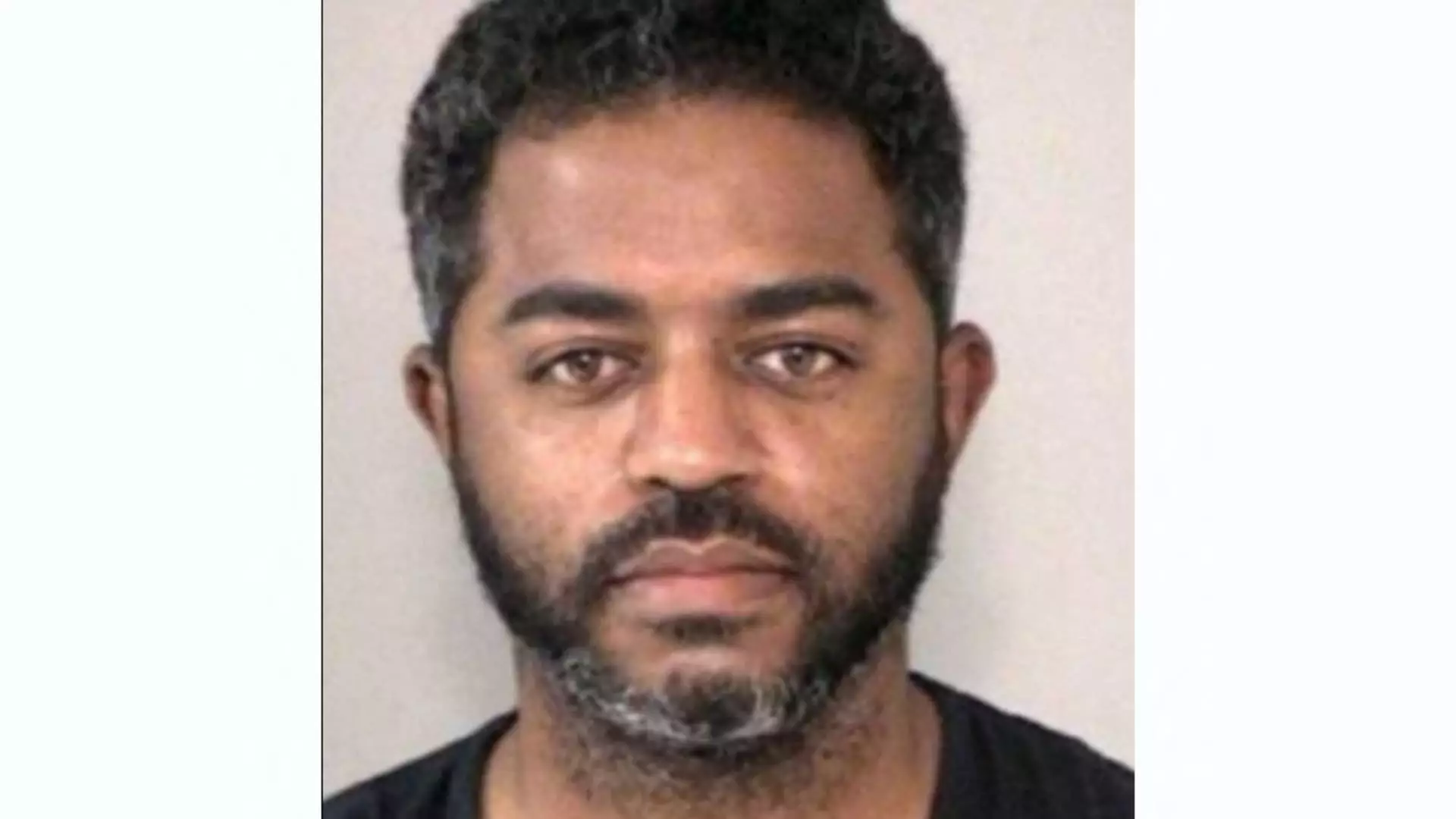On New Year’s Day, a horrific incident occurred in New Orleans when Shamsud-Din Jabbar, a 42-year-old U.S. Army veteran, perpetrated an act of violence that left 14 people dead. This terror-related attack conjured deep similarities to previous incidents inspired by extremist ideologies, raising significant concerns regarding the safety of public spaces during celebrations. Jabbar’s methodical and calculated approach to this heinous act – using a pick-up truck to drive into a crowd – send shockwaves not only through the local community but also across the nation.
As authorities began to piece together the events surrounding Jabbar’s actions, they uncovered a disturbing plot that included explosives purposely positioned on Bourbon Street. The FBI and ATF disclosed that Jabbar had intended to deploy a transmitter to detonate two explosive devices, placing them within proximity to the bustling crowd. The failure of these explosives to detonate raises pivotal questions about Jabbar’s knowledge and preparation. Investigators have noted that the compound used was exceedingly rare, having never been associated with any prior U.S. or European terror incidents, which compounds the mystery surrounding his capabilities.
Investigators are now fiercely examining Jabbar’s potential avenues for acquiring the expertise necessary to create such a unique explosive device. The concerning realization is that Jabbar, despite being a U.S. citizen, had a level of technical skill typically seen in dangerous minds intent on large-scale disruption. His use of untested materials opens a Pandora’s box of concerns, indicating that self-radicalized individuals can potentially leverage open-source information to create lethal instruments for violence, underscoring the urgent need for enhanced public education on identifying signs of radicalization.
The aftermath of Jabbar’s actions resulted not only in tangible destruction but also a profound emotional toll on the victims’ families and the New Orleans community. The spontaneous celebration organized for the New Year transformed into a scene of horror and sadness, one that will likely linger in the collective memory of those present that day. As the FBI continues to assert that Jabbar acted alone, questions persist about the broader contextual factors that allowed such violence to erupt, including community relationships, law enforcement preparedness, and the public’s mental health implications following acts of terrorism.
In the wake of this tragedy, President Joe Biden has announced plans to visit New Orleans to honor the victims and lead the nation in mourning. Holding a communal space for grief is essential for healing, and national solidarity during such trying times can foster resilience. The heartbreaking events serve as stark reminders of the vulnerabilities faced in public safety, provoking a nationwide conversation about how to prevent such acts of violence and protect communities from the specters of terrorism and radicalization.
In an era signified by shifting dynamics in terror threats, continued vigilance, open discourse, and a commitment to community safety remain paramount. The investigation continues as authorities seek to bring closure to the victims’ families and ensure that lessons from this tragic event propel future preventative measures.

Leave a Reply